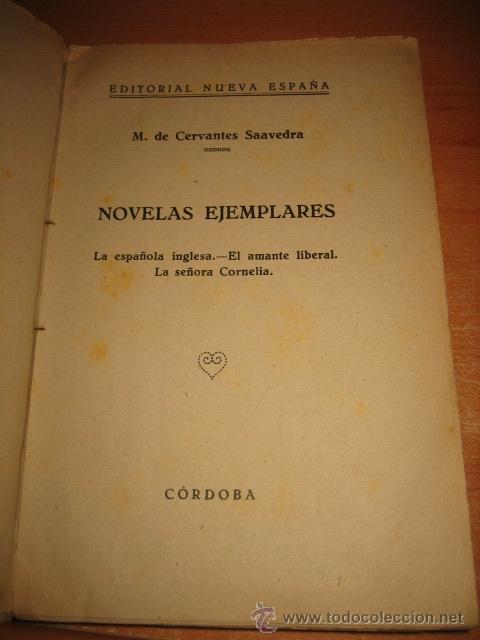

In 1687, John Philips, a nephew of John Milton, re-translated Don Quixote, announcing that it was "made English according to the humour of our modern language." The first translation of Don Quixote was the English translation done by Shelton in 1608, and published in 1612. The seventh edition of the novel was published in Madrid in 1608. A Brussels edition was published in 1607. Lope de Vega, the most renown of Cervantes' contemporaries, was extremely dismissive of Don Quixote. The aristocracy was not amused with the novel's critique on chivalric literature. Pirated editions could be found in Valencia and Portugal until the next year, when Cervantes acquired the appropriate copyrights. This publisher, Francisco Robles of Madrid, was reluctant to take the book and he did not bother securing a copyright for Aragon or Portugal, thinking that Castile would be enough. Even after Book I was completed, it took some time before Quixote was able to find a publisher. The words in the preface of Book I suggest that Quixote began thinking about the novel while he was in prison. Lope de Vega, Quevedo, and Calderon among them.

Cervantes was writing along aside a number of literary luminaries, many of whom were more esteemed during their era than ours. Both men have become "national literary treasures" glowing during "golden ages" of literature. Often, Cervantes is compared to Shakespeare. Cervantes is considered one of the greatest writers of all time.


 0 kommentar(er)
0 kommentar(er)
